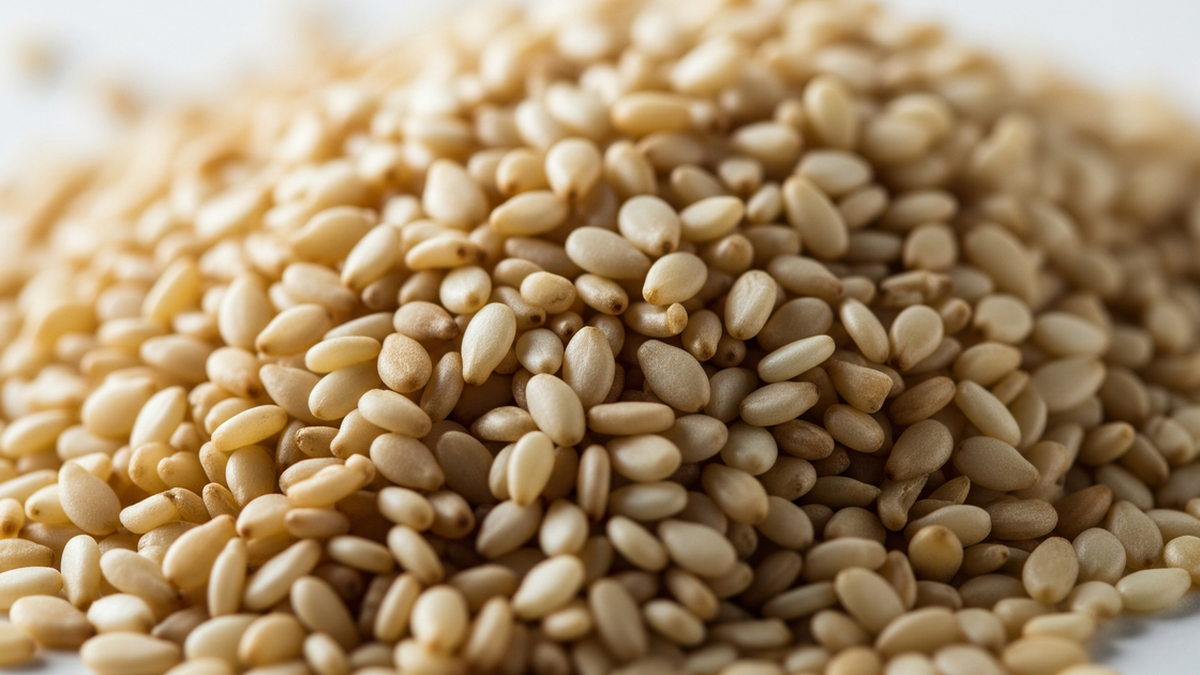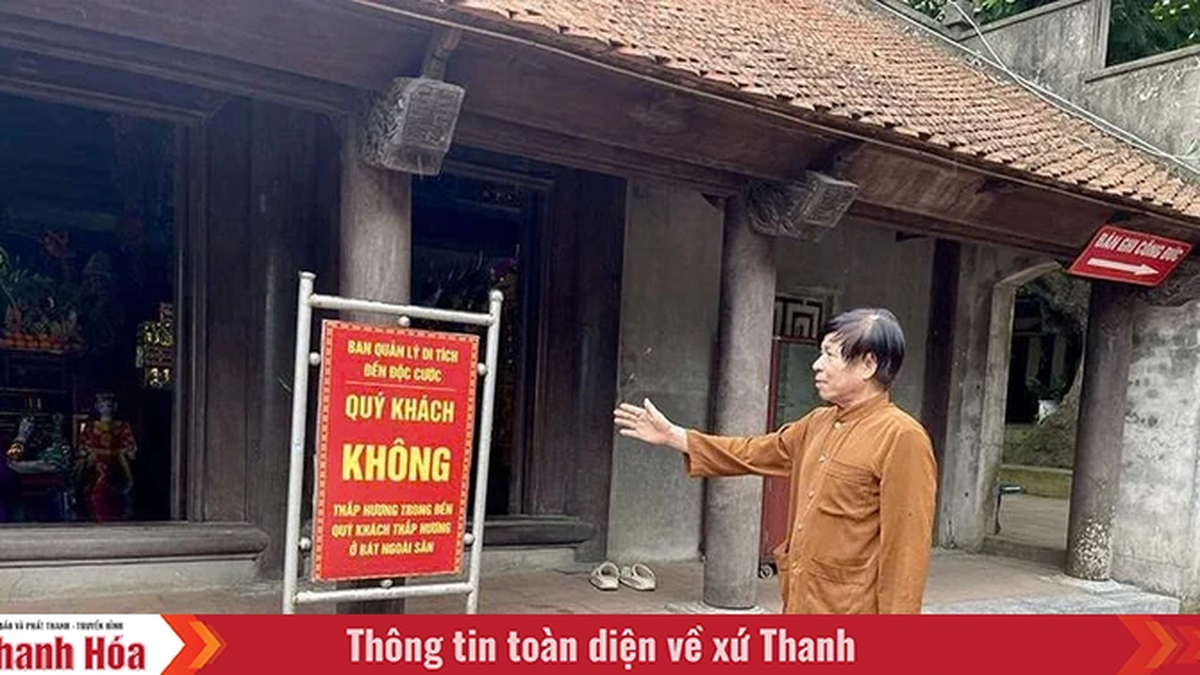“Alexandre Yersin - Travels through the Highlands of Indochina” is a book about valuable documents of French doctor and explorer Alexandre Yersin (1863-1943). The work was translated by Cao Hoang Dan Thuc and published by Tre Publishing House.
 |
Readers must have known the name Alexandre Yersin, especially in Vietnam where his name is given to many streets in cities and a museum in the Pasteur Institute in Nha Trang. Because he was a doctor, bacteriologist, who discovered the plague bacillus in the late 19th century.
 |
But Alexandre Yersin was also an explorer, whose special trip in 1899 with Governor-General Paul Doumeur to the Lang-Bian plateau is considered the basis for the later founding of Da Lat city.
 |
The above book, as the name suggests, with nearly 200 pages introduces to readers his notes on each expedition, by topic. These are the sections: “First contact with the land of the Montagnards in Annam”, “From Nha Trang to Stung Treng, passing through the land of the Montagnards”, “Seven months in the land of the Montagnards”, “Encounter with robbers”, “One month in M'Siao”, “First contact with the Lang-Bian plateau”, “From Nha Trang to Da Nang , passing through the land of the Montagnards”.
Alexandre Yersin - a rich portrait
As editor Matthias Huber wrote in the 2016 Swiss edition, the book offers a rich portrait of physician and explorer Alexandre Yersin.
The book offers a rich portrait of physician and explorer Alexandre Yersin.
First of all, about his life - a man who lost his father at birth and was fortunate to be cared for by his mother and close to her throughout his life. Next to him was a Yersin the researcher, then a Yersin the breeder, an agronomist and finally a Yersin the unique person. Readers can go from one surprise to another when they learn that Yersin loved to learn and explore until the end of his life.
He owned one of the first radio receivers in Indochina, or the first Serpollet car in this area. He also built an observatory on the roof of his house, and was interested in atmospheric electricity... It is easy to understand why with such a rich knowledge and inquisitive spirit, Yersin continuously made difficult expeditions to the villages of the Montagnards in the Lang-Bian plateau and the surrounding areas.
The villages of the Montagnards (ethnic minorities), the landscapes, the customs of the ethnic minorities in each community... of Lang-Bian and the surrounding areas hundreds of years ago are preserved in Yersin's writings. The writing style is concise like a factual report, with little or no emotional elements. Yersin wrote about his miraculous trips across mountains and forests not to announce them to the public but basically to raise funds for the next expeditions.
His notes have documentary value in many fields, from ethnology with descriptions of unknown ethnic groups and their customs, habits, and languages; to geographical discoveries with filling in many blanks on the map of Indochina at that time. For example, thanks to clear notes, Yersin knew that the Dong Nai River originated from the Lang-Bian mountain range and flowed all the way to Saigon and would be a vital route through this region.
 |
Many fascinating pages can be found about Yersin's journey as he crossed highland rivers, through forests stalked by wild animals, and even faced robbers to the point of being seriously injured and having to abandon his journey.
“The stranger was not received in the village chief’s house, but in the communal house, a little way from the village. There, they brought me water, fire, mats and gifts that the Montagnards solemnly give to foreigners…”.
The practice of the cultural heritage of the Montagnards is also described in detail: “Here there is no gong ensemble as further north. However, during major events, two village elders each hang a gong from their left shoulder, support the hollow of the gong with their left hand and strike it with the palm of their right hand, leaning forward and turning their head to one side. Another person squats in front of a small drum, and strikes it in harmony with the gong.”
There are still pages of Yersin's writing that cannot hide the emotion of the magnificent beauty of this land: "I had a deep impression when I just stepped out of the pine forest, facing this vast, bare and desolate plateau, its appearance reminiscent of the image of a sea rolling up a huge, winding green wave. The Lang-Bian mountain range rises on the northwest horizon of the plateau, making the landscape more beautiful and standing out against a beautiful background".
Alexandre Yersin was the first to record the lifestyle of the Montagnards, their culture, villages and some of their customs before this society came into contact with Western civilization.
Reading “Travels through the Highlands of Indochina”, readers also have the opportunity to see a highland region from more than a hundred years ago through photos that Yersin himself took and developed. He is considered a pioneer in taking landscape photos in the harsh conditions of a month-long expedition in the jungle! And that is why editor Matthias Huber commented: “He was the first person to record the lifestyle of the highlanders, their culture, villages and some of their customs before this society came into contact with Western civilization”.
With such contributions, the neat book about Alexandre Yersin mentioned above can open up a world of interesting and surprising experiences about nature and the lives of people in many places in Lang-Bian plateau as well as the surrounding lands.
According to nhandan.vn
Source




















































![[Maritime News] More than 80% of global container shipping capacity is in the hands of MSC and major shipping alliances](https://vphoto.vietnam.vn/thumb/402x226/vietnam/resource/IMAGE/2025/7/16/6b4d586c984b4cbf8c5680352b9eaeb0)












































Comment (0)